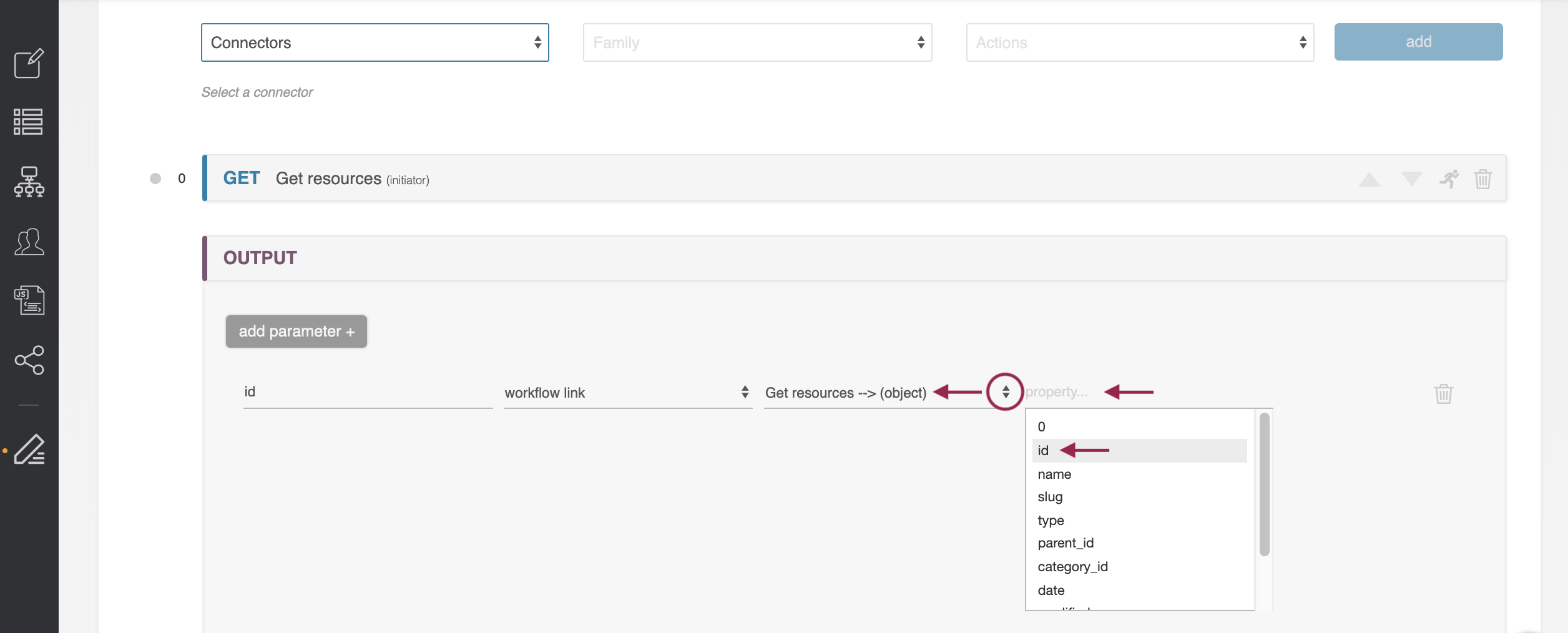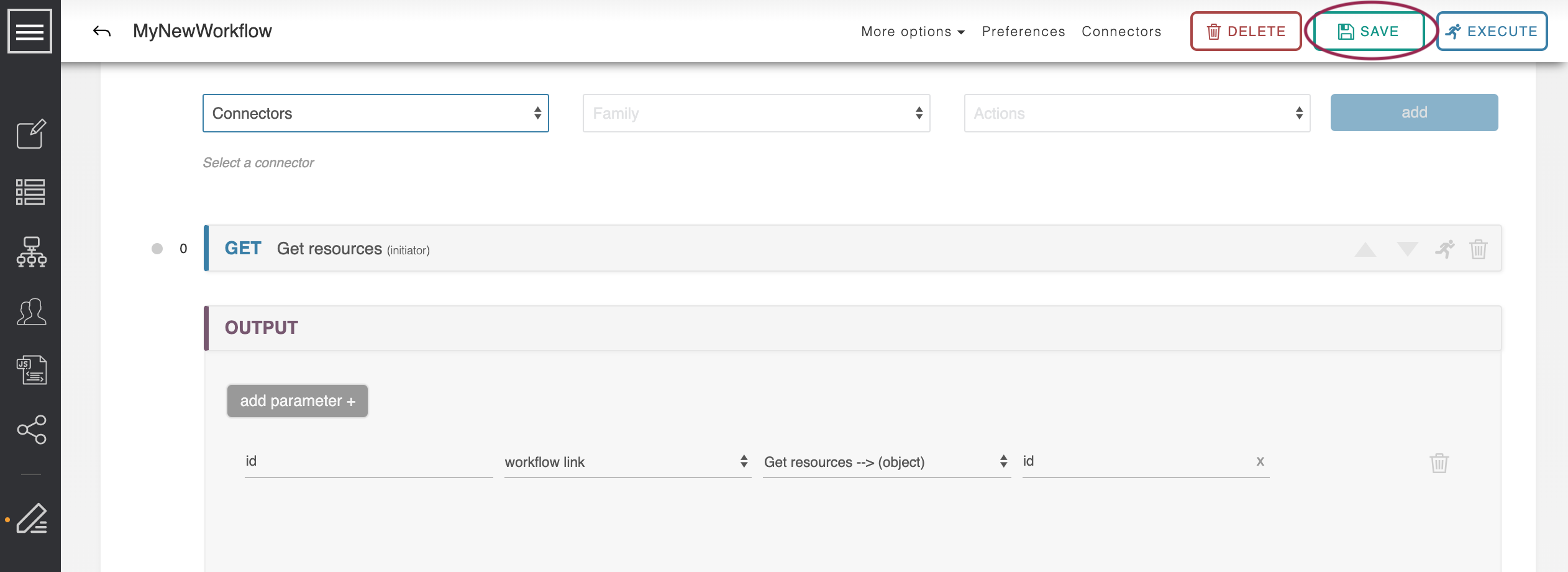...
Here are the steps needed to set up a complete, working ACP workflow. This tutorial assumes you have access to a working 6connect ProVision instance, but if not any other supported service can be used with minor conceptual tweaks.
| Table of Contents | ||
|---|---|---|
|
| Note | ||
|---|---|---|
| ||
ACP Workflows may only be saved once they have at least a single working step, in order to ensure that data transmitted is valid for the connector and system. Before starting this tutorial, or any other workflow creation, ensure that you:
|
Step 1: Login to ACP
Open up a web browser and navigate to the login screen of the ACP installation. Your username and password will have been provided with your license information, or sent to you by your network administrator. Log in.
...
Step 3: Edit Workflow Information
Name
New workflows are initially named “untitled”, and this name appears in the upper-left.
...
Give your Workflow a new name by clicking “edit” next to the current workflow name. Rename it as desired, then hit "close".
Category
If desired, you can edit the category for your new workflow. Click on the current category ("uncategorized", for a new Workflow) to open the Select Category screen.
...
Click on the expand icons to browse the category lists, or filter from the search box. Click on the desired category to select it, then click "update" to apply the category to your Workflow.
Description
You may also add a description to your Workflow.
...
Double-Click inside the description field to edit the description, when complete click "Close" or click anywhere outside of the description field to exit out.
Step 4: Configure Connector
The next step is to configure a connector to your 6connect ProVision (or other supported connector) service. Connectors are associated per-Workflow, so a new Workflow will need to either have a new connector instance created or one imported from an existing Workflow.
...
After confirming the test succeeds, save the connector by clicking ‘Apply’, then ‘Close' to exit out of the connector screen and return to the Workflow page.
Step 5: Add Workflow Steps
Now it is time to add the first step of the Worfklow.
...
After the first successful save of a new Workflow, the "Delete" and "Execute" buttons will be available.
Step 6: Review Step Inputs & Options
Click the ‘Get Resources’ step we just created to view detailed information for the step.
...
This configures the API call to pull all the information about the resource named ‘TLR,’ which is the root of the ProVision resource hierarchy.
Step 7: Configure Output
While the previous step has fetched the data we need, we need to configure the Output step to return it to us. Click the blue ‘GET RESOURCES’ header to collapse the first step.
...
Choose ‘id.’ This will return a single field, which is the id of the resource named ‘TLR.’
Step 8: Save Changes
Hit the ‘Save’ button in the upper-right to save the changes made to any steps or the output.
Step 9: Execute Workflow
Step 9: Hit the ‘Execute’ button next to ‘Save.’
...
After the processing timer finishes, a Results section appears with the response object: { "id": "1" }. We have queried the API for a resource named ‘TLR’ and have found that its resource id# is 1.
Step 10 (Optional): Review / Debug Workflow
: For a more detailed look at what is going on, click on the ‘Preferences’ button between the ‘More Options’ and ‘Connectors’ links at the top of the screen.
Turn ‘Debug Mode’ on. Save the Workflow and re-execute it.
...


